live oaks dying
tommy54
9 years ago
Related Stories
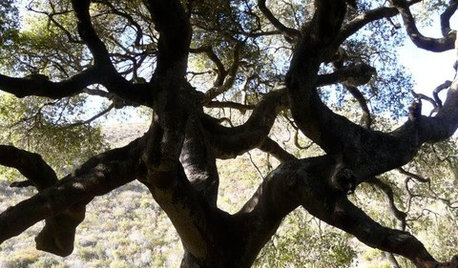
CALIFORNIA NATIVE PLANTSGreat Design Plant: Coast Live Oak
The stuff of legends and memories, this California tree is one to build a whole landscape around
Full Story
ARCHITECTURETrailblazing Architect Zaha Hadid Dies at 65
In 2004, Hadid became the first woman to win architecture’s highest honor, the Pritzker Prize
Full Story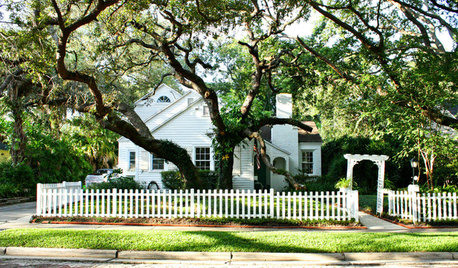
TREESGreat Design Plant: Southern Live Oak Offers an Unbeatable Canopy
Keep it dense or prune it for more light. No matter how you grow Quercus virginiana, it’s a majestic addition to its native landscape
Full Story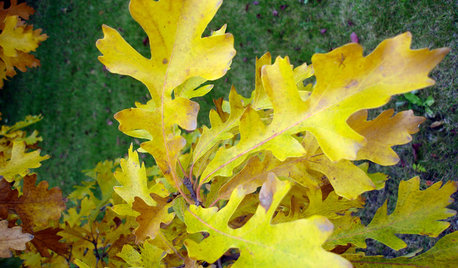
GARDENING GUIDESCelebrate Eastern Oaks for Wildlife, Longevity and Seasonal Interest
There might not be a more important tree to have in your eastern U.S. landscape — if you can fit one in
Full Story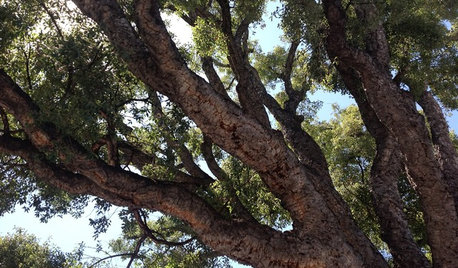
GARDENING GUIDESGreat Design Plant: Cork Oak
Witness an incredible renewable resource being grown while lolling in the abundant shade of this expansive, ever-popular tree
Full Story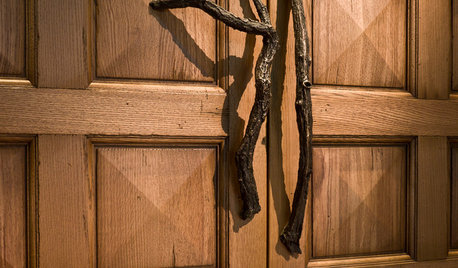
WOODWoodipedia: Make a Solid Choice With Oak
Forget those low-end products of old. Red and white oak today are beautiful, versatile and relatively inexpensive
Full Story
KITCHEN OF THE WEEKKitchen of the Week: Goodbye, Honey Oak — Hello, Minty Green
After more than 30 years, the Kloesels revamped their space to reflect their rural country town and Victorian-style home
Full Story
HOUZZ TOURSHouzz Tour: Luxury With a Treehouse Feel
Step inside a beautiful Marin County remodel nestled in the oaks
Full StoryMore Discussions










Sara Malone Zone 9b
tommy54Original Author
Related Professionals
Bellflower Landscape Architects & Landscape Designers · Clark Landscape Architects & Landscape Designers · Wheeling Landscape Architects & Landscape Designers · Brentwood Landscape Contractors · Bergenfield Landscape Contractors · Fort Mill Landscape Contractors · Gresham Landscape Contractors · Snoqualmie Landscape Contractors · The Woodlands Landscape Contractors · Mitchellville Siding & Exteriors · Conroe Decks, Patios & Outdoor Enclosures · Crystal Lake Decks, Patios & Outdoor Enclosures · Riverside Decks, Patios & Outdoor Enclosures · West Chester Decks, Patios & Outdoor Enclosures · Westfield Decks, Patios & Outdoor EnclosuresSara Malone Zone 9b
Mackel-in-DFW
johns.coastal.patio
Mackel-in-DFW
nandina
whitecap
tommy54Original Author
rhizo_1 (North AL) zone 7
tommy54Original Author